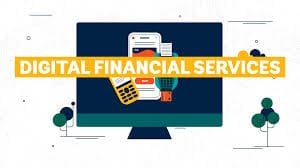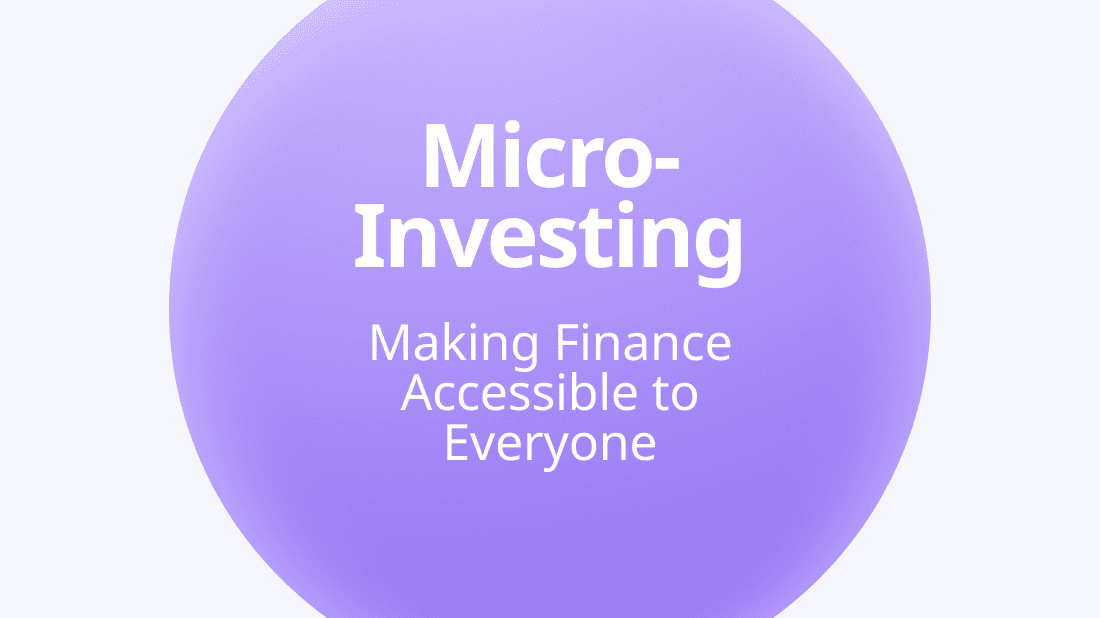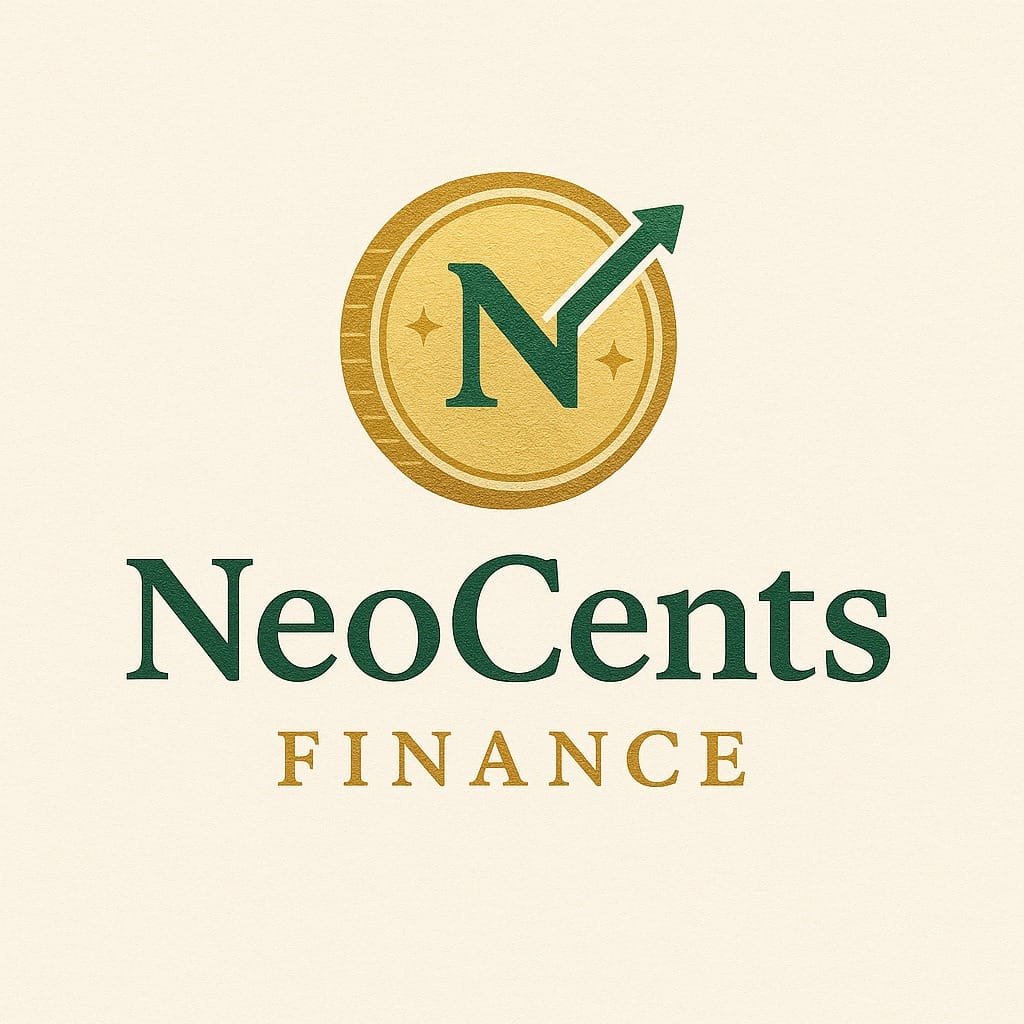Financial inclusion has emerged as a powerful lever for reducing poverty and promoting economic growth. Yet, for decades, millions of people especially in underserved communities have remained excluded from traditional financial systems. In today’s fast-evolving digital world, however, digital finance is transforming the financial landscape by providing accessible, efficient, and low-cost services to previously marginalized individuals and communities.
Digital finance refers to the use of mobile phones, the internet, and digital platforms to deliver financial services such as banking, payments, savings, credit, and insurance. It’s not just a trend, it’s a revolution that’s unlocking new opportunities and reshaping financial systems around the world. For Americans in low-income neighborhoods, small business owners, rural populations, immigrants, and even tech-savvy youth, digital finance is not just an option it’s the gateway to full financial participation.
This article explores why digital finance is central to financial inclusion, the key impacts it has on various groups, compelling real-world examples, and what lies ahead in this rapidly transforming sector.
The Concept of Financial Inclusion
Financial inclusion means ensuring that individuals and businesses have access to useful and affordable financial products and services that meet their needs transactions, payments, savings, credit, and insurance delivered responsibly and sustainably.
In the U.S., financial exclusion often affects:
- Low-income families without access to credit
- Rural populations with few or no bank branches
- Unbanked or underbanked individuals
- People of color who have historically been underserved by traditional banks
- Gig economy workers with inconsistent incomes
When people are excluded from financial services, they are often forced to rely on high-fee alternatives like check cashing stores or payday lenders, which trap them in cycles of debt.
Digital finance offers a way out.
Why Digital Finance Matters for Inclusion
- Accessibility: Reaching the Unbanked and Underbanked
Digital finance allows users to access financial services through mobile phones and internet connections removing the need to visit a physical branch.
- In the U.S., around 5.9 million households were unbanked as of 2021 according to the FDIC. Many of these individuals cited lack of trust in banks or high minimum balances as key barriers.
- With digital wallets like Cash App, PayPal, and Chime, individuals can set up accounts in minutes, even without a traditional bank.
- Affordability: Reducing Cost Barriers
Traditional banking often comes with fees, maintenance, overdraft, and minimum balance requirements.
- Digital-only banks (neobanks) like Varo and Current offer zero-fee banking, making them accessible to people living paycheck-to-paycheck.
- Peer-to-peer platforms (e.g., Venmo or Zelle) offer free transfers, eliminating the need for costly money orders or wire transfers.
- Convenience and Speed
Digital finance tools are available 24/7, enabling users to manage finances on their own terms.
- Immigrants can send remittances instantly using Remitly or WorldRemit, bypassing Western Union fees and delays.
- Entrepreneurs can receive digital payments immediately via Square or Stripe, accelerating their cash flow.
- Credit Access for All
Building credit is a major hurdle for many underserved groups.
- Apps like Self, Experian Boost, and Grow Credit allow users to build or improve their credit score using regular bills or small installment plans.
- Alternative credit scoring models assess payment behaviors rather than relying on FICO alone, helping those with “thin files” gain access to loans.
Key Impacts of Digital Finance on Financial Inclusion
- Empowering Small Business Owners
Digital finance tools offer small business owners especially in marginalized communities powerful resources for survival and growth.
- Square and Shopify make it easy to set up payment systems without the need for complex POS systems.
- Platforms like QuickBooks and Wave help automate bookkeeping, saving both time and money.
Real-World Impact: During the COVID-19 pandemic, digital-first lenders such as BlueVine and Kabbage helped process PPP loans faster than many traditional banks, providing critical support to small businesses left out of the initial federal response.
- Boosting Women’s Financial Autonomy
Women, especially single mothers and minority women, often face greater barriers to financial services.
- Fintech startups like Ellevest, focused on women’s financial planning and investing, help close the gender wealth gap.
- Platforms like Tala (operating globally) and Jefa (targeting Latina women) create mobile-first banking options tailored to women’s needs.
Real-World Example: In Latin America, Jefa has enabled thousands of unbanked women to access banking services from their phones, no bank account or credit history required.
- Serving Rural America
Rural communities often lack nearby banks and ATMs.
- Chime, Ally, and other digital banks enable residents in rural areas to manage finances from their smartphones.
- Even check deposits can be done via mobile apps using remote deposit capture technology.
- Improving Financial Literacy
Digital platforms often come with built-in tools for budgeting, saving, and investing education.
- Apps like Mint, YNAB (You Need a Budget), and PocketGuard help users track spending and set savings goals.
- Many platforms offer blogs, tutorials, and customer service in both English and Spanish, increasing reach and comprehension.
Technology Driving the Transformation
- Mobile Phones and Smart Devices
Smartphone penetration is high in the U.S., even among low-income users. Mobile apps have become gateways to financial services for millions.
- Banking apps, mobile wallets, and QR code payments are now mainstream.
- Blockchain and Cryptocurrencies
Though still maturing, blockchain offers promise for inclusion through decentralized finance (DeFi).
- Stablecoins can reduce volatility for savings in inflation-prone environments.
- Blockchain-based identity verification can help undocumented or homeless individuals gain access to services without formal IDs.
Example: Companies like Celo are building blockchain-based mobile financial ecosystems designed for global inclusion.
- Artificial Intelligence and Machine Learning
AI helps fintechs evaluate creditworthiness using alternative data, such as rent, utility payments, or gig economy income.
- This gives access to credit for people who are traditionally overlooked by conventional scoring systems.
Challenges to Address
Despite its promise, digital finance comes with challenges:
- Digital Divide
- Not everyone has reliable internet or digital literacy skills.
- Seniors and low-income groups may struggle to navigate apps or manage digital accounts.
- Security and Privacy
- Cybersecurity risks, fraud, and data breaches are growing concerns.
- Regulations must keep pace with fintech innovations to protect users.
- Over-Reliance on Technology
- System outages or app failures can block access to essential funds.
- Over-automation may lead to exclusion if AI misinterprets user data.
- Regulatory Oversight
- The fintech space is evolving rapidly, but regulations often lag.
- Consumer protection must be enforced to avoid predatory practices.
Real-World Examples in the U.S.
- Chime: Banking for the Underserved
Offers no-fee checking and savings accounts
- Allows early direct deposits
- Reaches users without traditional banking history
- EarnIn: Income Access for Gig Workers
- Lets workers access earned wages before payday
- Promotes financial flexibility without high-interest payday loans
- Dave: Banking with Budgeting Tools
- Predicts future expenses
- Alerts users when they are about to overdraft
- Offers cash advances without high fees
- Greenwood: Digital Bank for Black and Latino Communities
- Founded by Killer Mike and other Black leaders
- Focuses on economic empowerment through digital financial tools
- Apple Pay and Google Pay
- Normalize digital payments in everyday transactions
- Help small vendors accept payments securely and affordably
Global Inspiration: Lessons from Abroad
Although this article focuses on the U.S., it’s worth noting how other countries are leading in digital finance inclusion:
- Kenya’s M-Pesa transformed mobile money and brought millions into the financial system.
- India’s UPI (Unified Payments Interface) made instant bank-to-bank transfers possible for even small-scale merchants and rural dwellers.
These models show what’s possible with the right infrastructure, partnerships, and policy support.
The Road Ahead
To maximize the power of digital finance for financial inclusion in the U.S., several strategies are essential:
- Public-Private Partnerships
Government collaboration with fintech firms can extend services to underserved populations through subsidies, incentives, or infrastructure support.
- Financial Education Initiatives
Users need training to understand digital tools and protect themselves from fraud. Educational outreach is as important as the tech itself.
- Inclusive Product Design
Apps and platforms must be accessible offering multilingual support, simple interfaces, and adaptive technologies for those with disabilities.
- Stronger Regulation and Consumer Protection
Laws must keep up with innovation to ensure safety without stifling growth.
Conclusion: Digital Finance Is the Gateway to a More Inclusive Future
Digital finance is no longer a luxury, it’s a necessity for building an inclusive financial system in the United States. Whether it’s helping a single mother manage her budget, enabling a gig worker to access earned wages early, or allowing a rural entrepreneur to take mobile payments, digital financial services are leveling the playing field.
The key to unlocking this potential lies in intentional design, inclusive technology, and a human-first approach. While challenges remain, the progress made so far shows that with the right tools and policies, we can ensure that no one is left behind in the financial revolution.
As the world becomes increasingly cashless, digital finance stands as a beacon of hope, offering access, empowerment, and equity.







